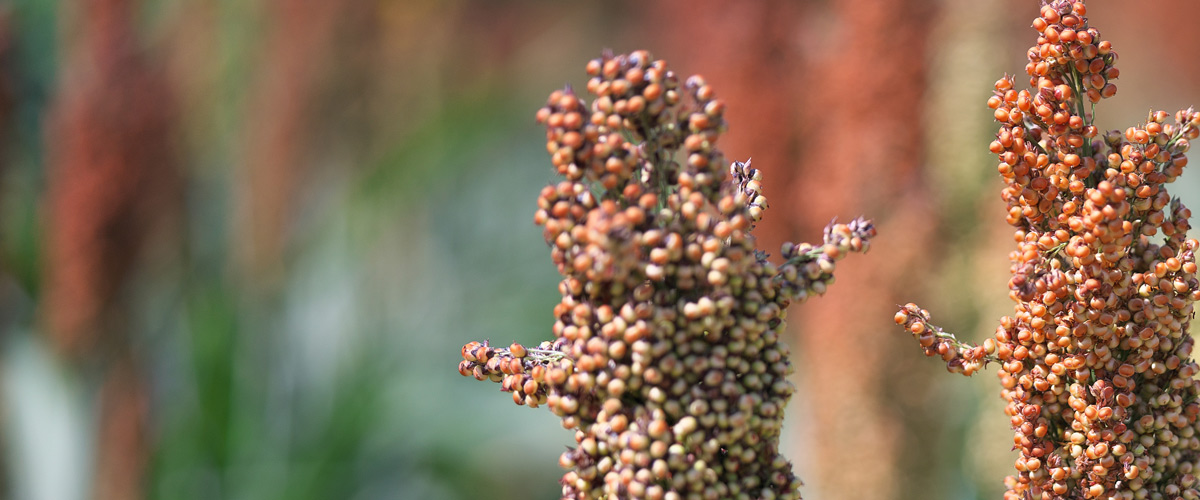
Co-Designing Agro-Sylvo-Pastoral Systems
Lead Organization:
Centre de Cooperation Internationale en Recherche Agronomique pour le Developpement (CIRAD)
Partner Organizations:
INERA, AMSP, WUR, and CIRAD; Propulse, a project from Agropolis Foundation involving IRD, CIRAD, INERA, AMSP, and IRSAT in Burkina Faso; FAIR Sahel, a European Union-funded DESIRA project involving CIRAD, INERA, and AMSP; and other CCRP projects in Burkina Faso
Community of Practice:
Countries:
Burkina Faso
Duration:
8/2022—8/2026
Overview:
One of the world’s poorest regions, Sudano-Sahelian West Africa has semiarid climatic conditions. The region’s economy is based on rainfed agriculture, with more than 80 percent of the population involved in subsistence agriculture (Mason et al., 2015). Soils are geologically old, eroded, and of low chemical fertility, soil organic carbon content, and water-holding capacity (Bationo et al., 1998). Average yields of sorghum and pearl millet remain low (< 1t ha-1). Traditional management of agroforestry parklands through trees, crop, and livestock integration once allowed sustainable agricultural production. Now, growing demographic pressure and social changes challenge this. Parklands degradation and reduction of fallow periods impact soil quality negatively (Bayala et al., 2015). Contributing is an increase in feed demand from increased livestock population degradation (Rahimi, 2021). The equation to be solved? Ensure long-term soil fertility improvement emphasizing soil organic content (Bationo, 2007) concomitant with short-term production increase needed by farmers, considering their labor constraints, risk aversion, and low investment capacity.
Enhancing cropping systems biodiversity is promising. Agrobiodiversity promotes higher crop yields (Dainese et al., 2019; Beillouin et al., 2021) and ecosystem services (pest control, nutrient cycling, water regulation). It allows diversification of products and income opportunities, and helps improve food security and farming systems resilience (Thrupp, 2000). Agrobiodiversity can be increased through crop rotation, agroforestry, cover crops, cultivar or crop mixtures, and intercropping.
New cover, fodder, and edible food plants explored previously allow new combinations, arrangements, and rotations. These need further evaluation to co-design sustainable cropping systems tailored to farmers’ needs.
Diversity of current agricultural productions systems was characterized related to biomass flows at farm and landscape levels. A strategy was explored increasing the recycling of biomass through improved crop-livestock integration at the village level. This was shown to be constrained by crop residue/manure transport and storage at the farm level and lack of interaction between crop producers and livestock owners at the village level (Assogba, in press).
Increased agrobiodiversity (intercropping, rotation) and biomass production through efficient fertilizer use or improved crop management practices will be explored at farm and landscape levels to quantify their potential to improve farmers’ livelihoods. Multicriteria evaluation of different scenarios can inform farmers, policymakers, and advisors on the trade-offs between different services and/or dimensions of sustainability.
Grant Aims:
The overall goal is to improve agro-sylvo-pastoral systems sustainability, resilience, and productivity through mobilization of plant agrobiodiversity. This phase will seek farmer empowerment through a participatory research process involving women and based on co-designing, co-evaluating, and co-learning.
The project is structured into three complementary objectives:
- Further explore and characterize plant agrobiodiversity so as to identify key genetic resources worth implementing and testing into new cropping systems, focusing on sorghum, targeting intercropping, tolerance to two major biotic constraints (midge and striga), and fodder quality.
- Co-design and co-evaluate new cropping systems to meet farmer constraints and objectives through the mobilization of an enlarged plant agrobiodiversity.
- Evaluate different crop diversification scenarios at farm and landscape levels to better understand multidimensional effects of increased agrobiodiversity compared to other scenarios, with a focus on criteria relevant to farm households and on key ecosystem services.
Outputs and Outcomes:
Grant Aim 1
- A set of sorghum varieties identified with desired characteristics (midge or striga tolerance, dual purpose sorghum, adaptation to intercropping, etc.)
- A set of plants selected for diversification approach
Grant Aim 2
- New cropping system designs and management options based on combination of enlarged diversity of plants and spatio-temporal arrangements
- Indicators defined with men and women farmers for evaluation of cropping systems sustainability
Grant Aim 3
Outputs
- A set of criteria and ecosystem services relevant for farmers identified; perceptions of different types and genders of farmers on ecosystem services analyzed
- A multi-criteria framework co-designed with local actors; effects of agrobiodiversity on criteria and ecosystem services at farm and landscape level assessed
- Evidence-based information produced on opportunities and constraints of increasing agrobiodiversity for diversity of farmers
- Innovative cropping systems that balance best agro-ecosystem services with farmers constraints and goals co-created in a co-learning process between farmers, scientists, and advisors
Outcomes
- Researcher, advisor, and farmer capacities built through knowledge exchange; improved farmer decision-making capacity in navigating trade-offs between short- and long-term perspectives; farmer implementation of co-designed innovative cropping systems that meet their objectives and are more resilient to shocks (climate, market)
- Knowledge gained from multidimensional assessment of scenarios helping policymakers and actors (farmers, advisors) remove barriers for adoption and implement best-fitted agroecological options that are economically viable, environmentally sound, and socially inclusive